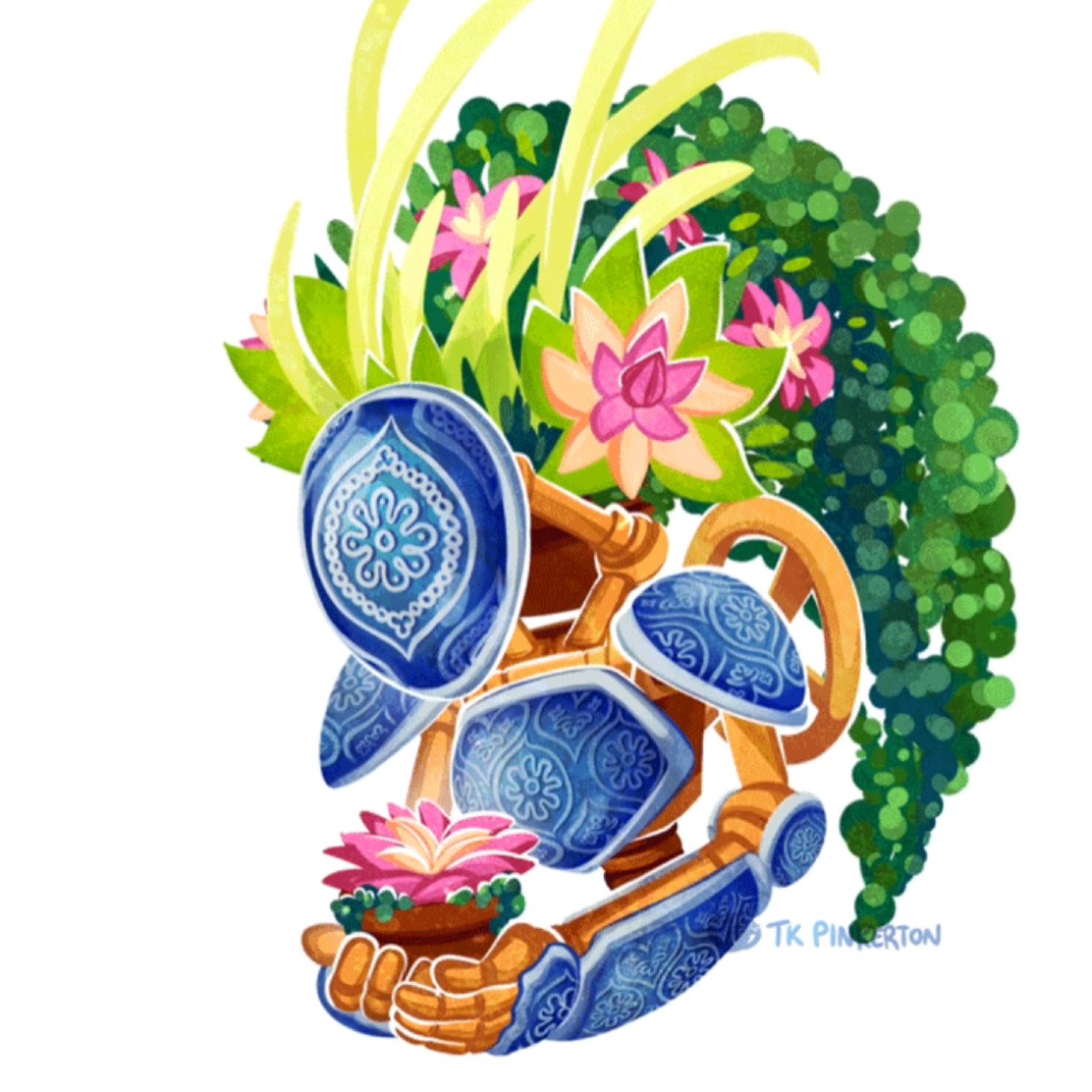7
Becorns are little people I make out of acorns and sticks. Then I photograph them in nature with real animals. In this video, I share my process for taking photos with some Eastern Bluebirds.
Learn more and buy prints and stationery at: www.davidmbird.com.
EDIT:
Hi folks. I appreciate the concern some of you have for the well being of the birds. I share your feelings and also felt very protective of their little family. Here are some precautions I took:
- To protect from predators, I built the birdouse and baffle according to the recommedations by the Connecticut Audubon (see below for link). The second platform was only in place during photography sessions when I was able to monitor for predators.
- It’s recommended to check Bluebird boxes at least once a week. From my research online, I learned that bluebirds are actually quite tolerant of humans. I opened up the box briefly every five days, and stopped when they had feathers and there was risk of birds jumping out. I only opened the box when the parents were away collecting food.
Here are some resources I called upon:
https://portal.ct.gov/-/media/DEEP/wildlife/pdf_files/nongame/bluebird-box-plans.pdf
http://www.ourbetternature.org/monitor.htm
I’ve since come to understand that it’s illegal in the US to collect migratory bird feathers without a license because it violates International Migratory Bird Treaty Act of 1918. The treaty makes it unlawful to hunt, take, capture, kill, or sell migratory birds. The statute extends to any bird part, including feathers, eggs, and nests. I found the bluejay feather on the ground, but there’s no way law enforcement could know that, thus the blanket regulation. There are plenty of bird species that aren’t protected though. Time to find some chicken feathers!
My goal is to honor and respect the animals, and I hope that by sharing what I learn about them, we all can expand our appreciation and respect for them.
You must log in or register to comment.


